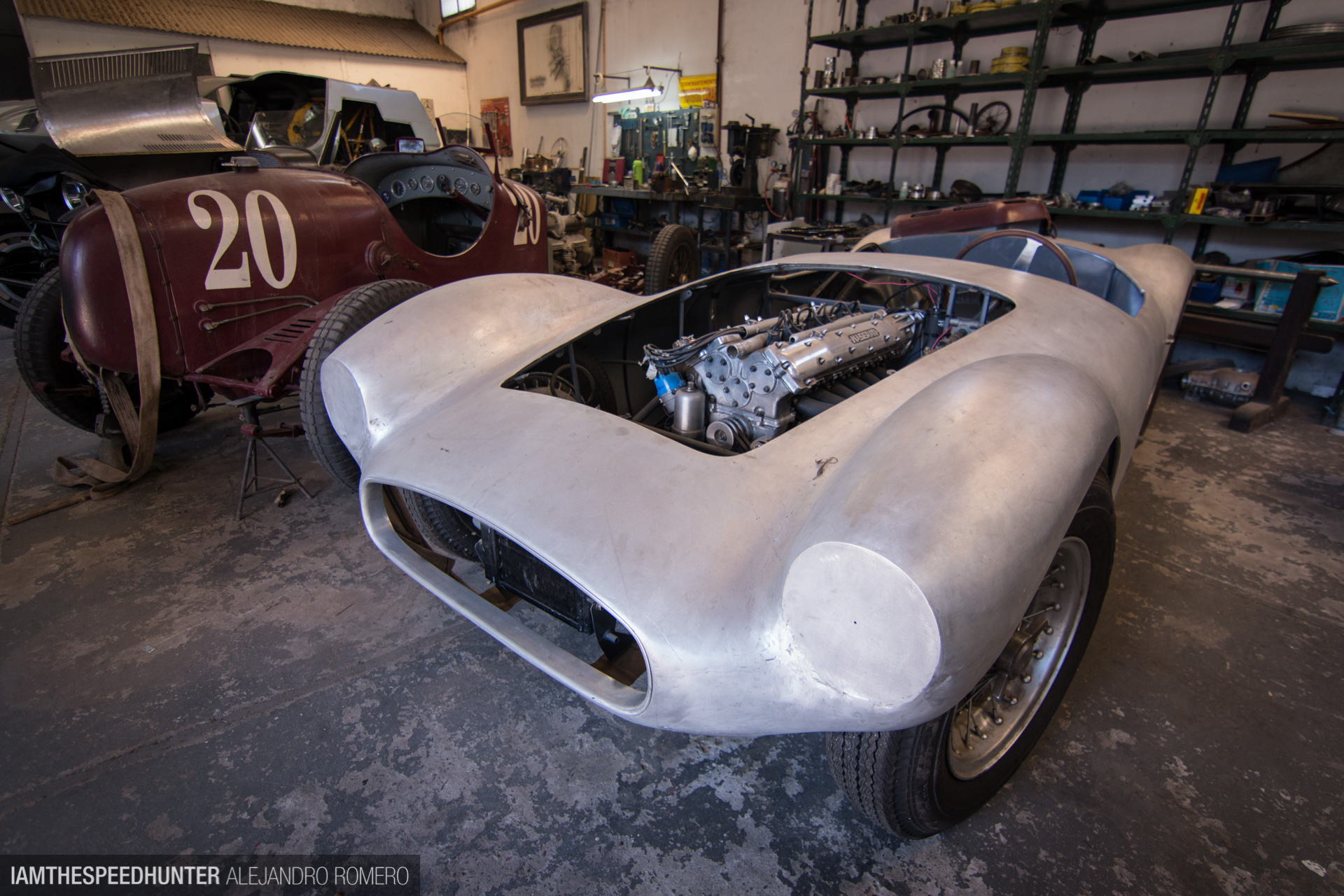The early 3.5L V8s weren't bad, but the bigger the engine's capacity got, the worse the problem became.Speaking about sleeves. Apparently the Land Rover Discovery V8 petrol has sleeves that shift if the engine boils for a bit.
The Rover 4 cyl and V6 K series are notorious for wet liner and head gasket issues, (think early Kia Carnival). I read somewhere that 40% of all the Kias fitted with the Rover V6 had premature engine failure.


 Motor bikes were running alloy rods with no slippers back after the war onwards so not just for lawn mower engines.
Motor bikes were running alloy rods with no slippers back after the war onwards so not just for lawn mower engines.
